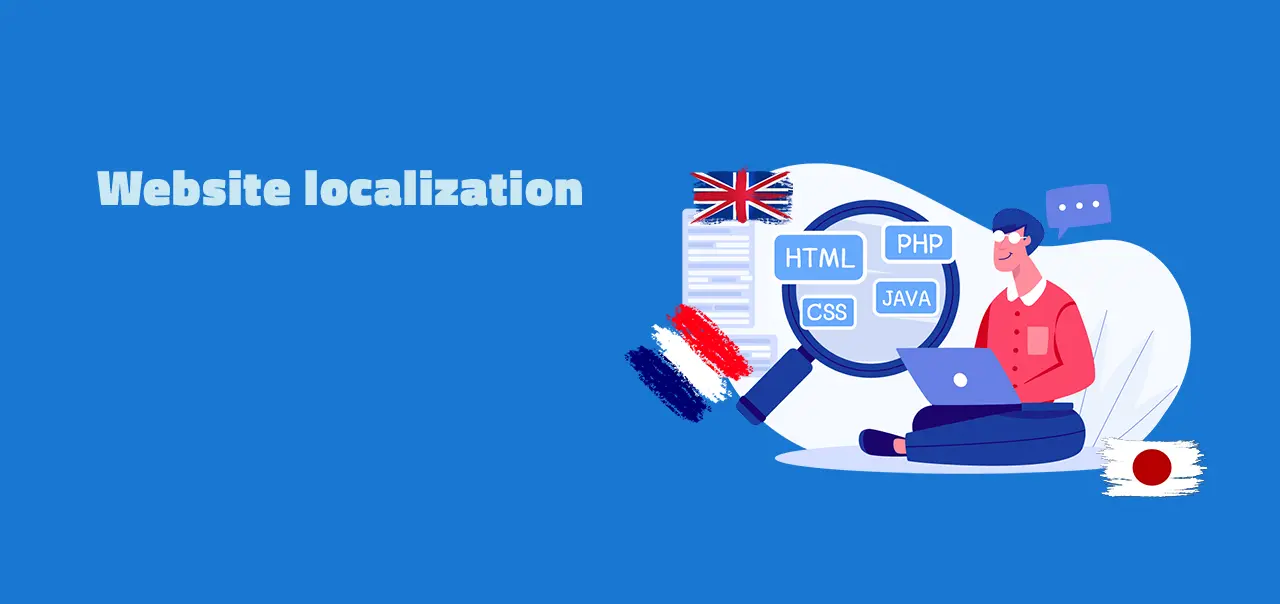What is Website Localization?
Website localization is the process of adapting a website’s content and design to make it more suitable for a specific region or language. This means translating text into the local language, changing images to reflect the local culture, and making sure that the website is accessible to people from that region. Localizing a website can help companies reach a wider audience and increase their global presence.
Website localization starts with translating the website’s text. It is important to use a professional translator to ensure accuracy and to avoid any potential misunderstandings. Once the text is translated, the website should be tested to make sure that it displays properly in the target language. This includes checking links, images, and other elements to make sure they are compatible with the language.

Image Source: Google
The next step is to localize the images and other visuals on the website. For example, if a company is targeting customers in France, it should use images and visuals that are culturally relevant to the French audience. This includes using images of France’s famous landmarks or of French people in everyday life.
Finally, the website should be tested to make sure it is accessible to people from the target region. This includes checking the website for compatibility with local browsers, devices, and operating systems. It also involves making sure that the website loads quickly and that the content is easy to navigate.
Website localization can be a complex process, but it is essential for businesses that want to increase their global reach. By translating text, localizing visuals, and making sure the website is accessible to the target audience, companies can ensure that their website is tailored to the local market.